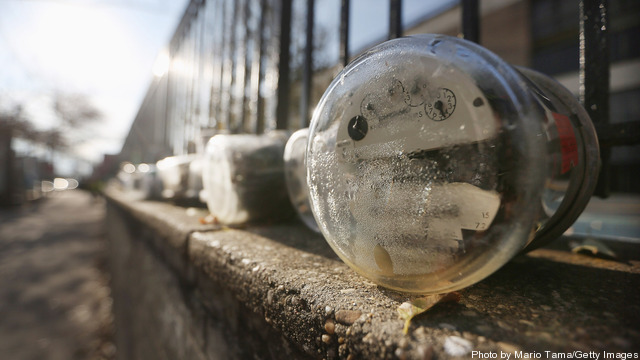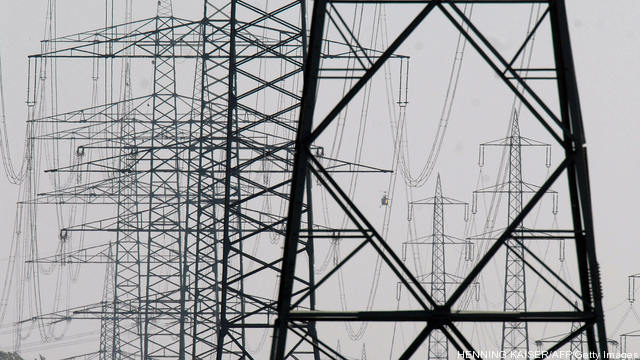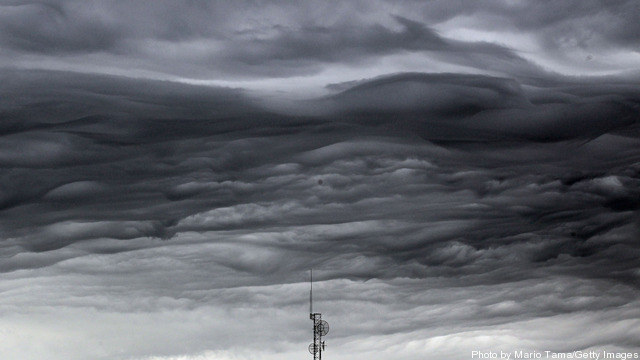Ranking utility business models, from quick-reward opportunities to long-term investments For years now, U.S. utilities have been finding ways to make money outside their core business of building energy infrastructure and selling kilowatt-hours. Some are putting their field service expertise to use for tree trimming and landscaping services, or using their call centers and service… Keep reading →
Consolidated Edison
How Utilities Can Evaluate New Business Opportunities In A Distributed World
By Greentech MediaSign up and get Breaking Energy news in your inbox.
We will never sell or share your information without your consent. See our privacy policy.Transmission Projects to Reduce Dependence on Indian Point Reactors
By Energy Solutions ForumThe New York Public Service Commission has approved new power lines as part of its Indian Point contingency plan. On October 17, 2013, the New York State Public Service Commission (PSC) approved three transmission projects to maintain grid reliability if Indian Point Energy Center (IPEC) closes due to license expiration in 2015. IPEC’s nuclear reactors,… Keep reading →
East Coast utilities are making big grid investments to prep for a hot and stormy 2013. Fresh on the heels of Hurricane Sandy’s destruction last year, East Coast utilities are girding their grids for future storms, including a 2013 hurricane season that’s shaping up to be a tough one, according to the latest forecasts. That spending… Keep reading →

Some US utilities could have weathered Hurricane Sandy better than they did if they had invested in smart grid improvements such as smart-metering, outage management, and distribution management systems, a senior GE official said.
John McDonald, Director of Technical Strategy and Policy Development for GE Digital Energy, said utilities that have not yet installed the technology would have known about outages more quickly, been able to swiftly identify their locations, and been able to assign repair crews more efficiently if they had the enhancements in place. Keep reading →

One criticism of wind and solar power is their lack of reliability. Both depend on the weather for energy production and any change in weather affects their ability to produce electricity. In many regions, wind has the added liability of producing power when it is least needed. To solve this challenge, some suggest pairing standby generators with wind and solar farms so continuous power can be produced. Under this scheme, proponents argue that standby generators should be capable of varying its output to assure continuous energy production.
Varying output is called load following or turn down. The physical objective is to throttle back power generation to response to changing demands. The financial objective is to turn down without increasing fuel consumption on a unit basis. The environmental objective is to minimize air pollution, specifically carbon. Keep reading →



